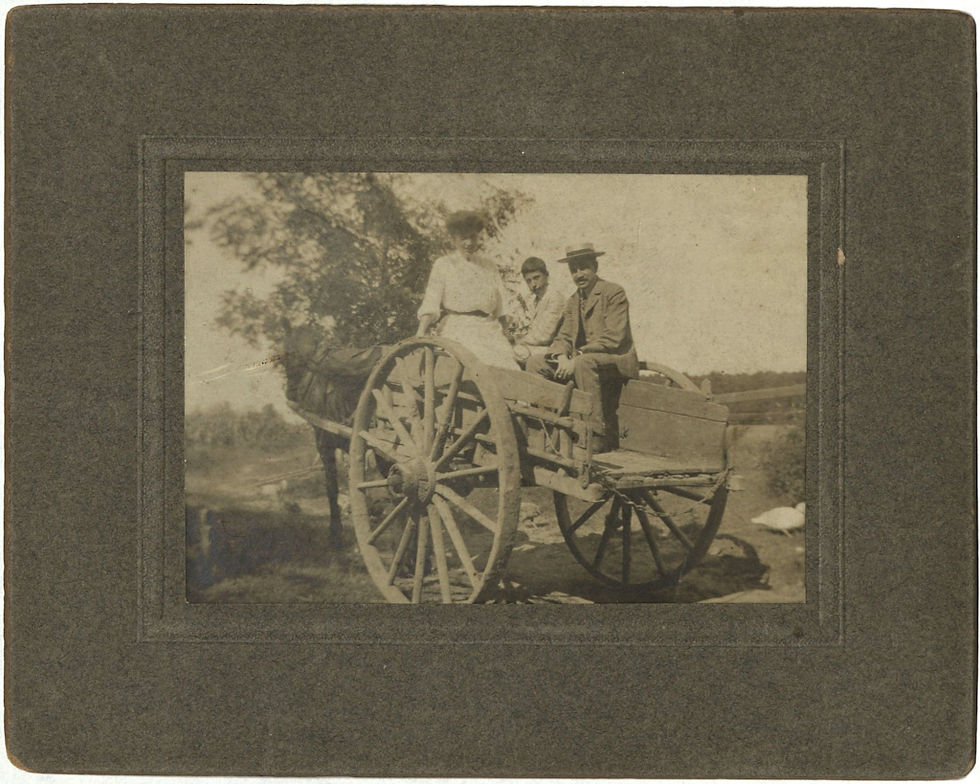Vocab Quiz
- thelastmccoylibrary

- Feb 23, 2022
- 2 min read
While metadata schemas and subject headings are the main components of making items accessible to the public, there are ways to make it consistent. This is done through controlled vocabularies. This includes vocabularies for rights statements, format types, language codes, and many more.
The point of controlled vocabularies is to make entries uniform. Have you ever searched for something only to get multiple terms returned? Think about World War I. In some places people use different terms to signify an item pertains to World War I, such as:
World War I
World War 1
WW1
WWI
The Great War
War to end all Wars
The First World War
You get my drift here. If a library let catalogers use any of the above terms to describe an item, it would be that much more difficult for the public to find all the items in one place. There are, of course, ways to link these different terms to each other within the digital world, but not always easily through a cataloging system. So it's important to have controlled vocabularies in place.

Image 1 - A black and white image of several tanks in a snowy field.
For this photograph, I used the more formal World War I because that is how the subject heading is displayed. The default is to use the term used by the Library of Congress, unless it's bias as discussed in the last post. The Last McCoy Library uses the following controlled vocabularies:
Thesaurus for Graphic Materials - for subject headings pertaining to visual materials.
W3C Date and Time Formats - for any date except those included in temporal coverage. The format is YYYY-MM-DD.
Rights Statements - for any statement of copyright or rights, except those items created before 1924 which are in the public domain.
Internet Media Type - for formats of materials
ISO 639-2 Code for the Representation of Names of Languages - for the language type on materials
DCMI Type Vocabulary - for the type of material being described.
Getty Thesaurus of Geographic Names - for the spatial coverage, i.e. where the material was created
These sources keep my metadata consistent across all platforms and easily accessible with single terms for concepts. The more I use them, the less it's like a vocabulary quiz during metadata creation.





Comments